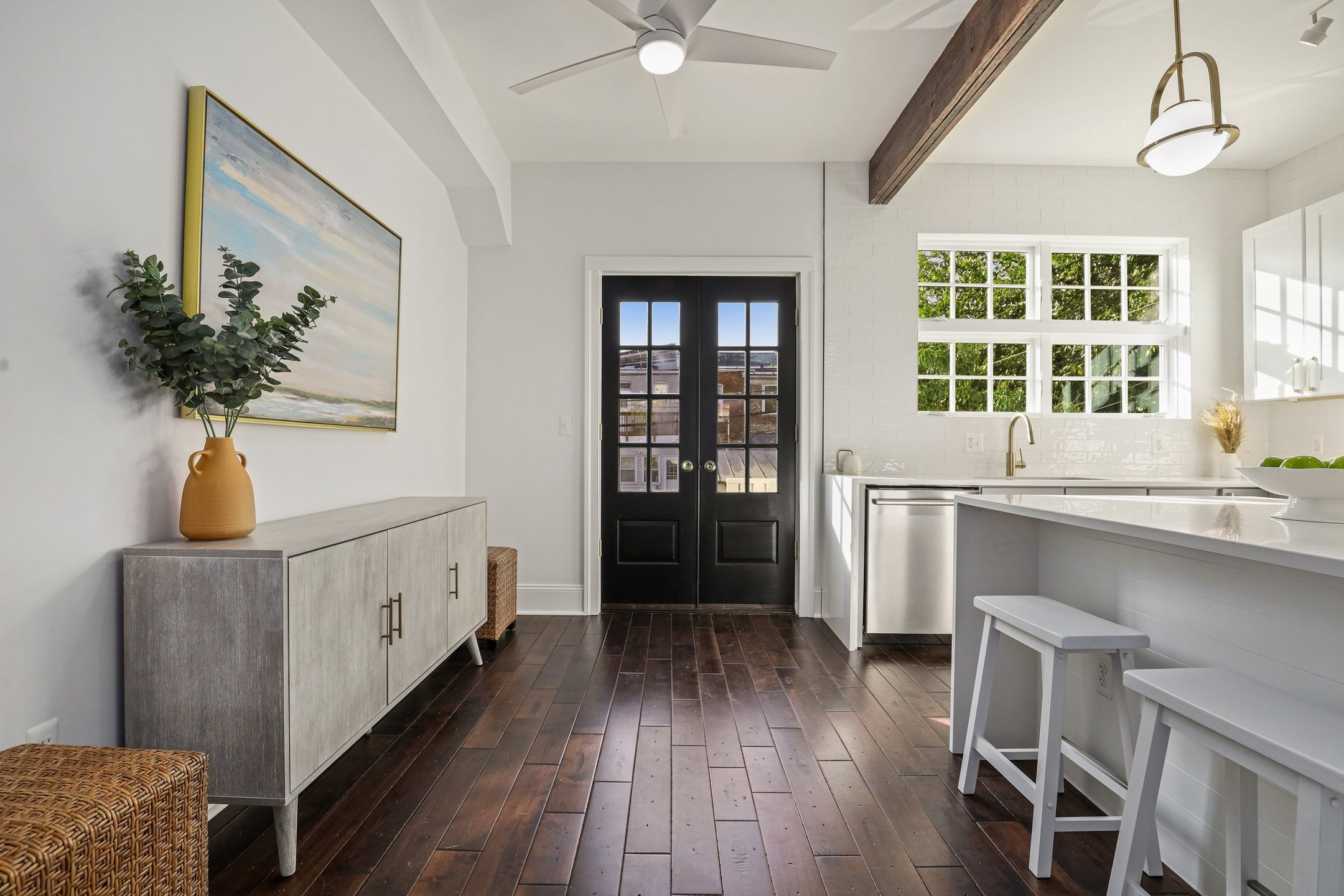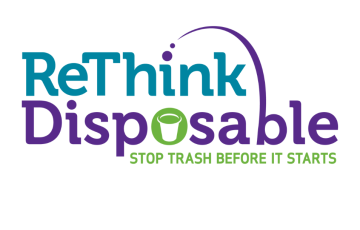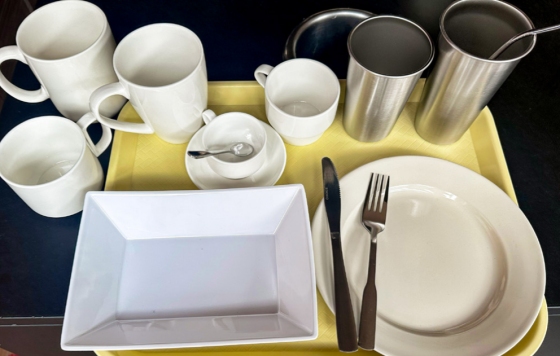
There’s no a better time than the beginning of the year to make a change in your home. Setting the intention to declutter and create a more sustainable and zero-waste home is a great goal to start off your year. With that in mind, it can seem overwhelming to begin your journey towards a minimalist home.
But don’t worry, we’ve reached out to the experts all the way from Chicago, IL to Vancouver, CA for their best zero-waste and minimalist tips for decluttering your home. That way you can kick start the year by making your home more sustainable.
Start by changing your mindset
Believe it or not, the first tip is to change your consumption mindset about “stuff”. A mindset change is the only way to truly go minimal and be happy. Always assess needs before buying. Is there something you have that may not be perfect but would be suitable? Only when you stop the flow into your home, will you be able to maintain an updated minimalist lifestyle. – Cathy King, CEO of The Sustainable Organizer
Declutter first, buy organizing products later
Never shop for organizing products until after you’ve finished decluttering. We can fool ourselves into thinking that having the right gear will make us magically organized, but the real power comes from mindful and thorough editing. Pare down to the essentials and then go get those matching bins. – Meredith Ryness, Founder of Tidy LA, Certified KonMari® Consultant
Reduce what you bring into your home
When you see something you want, snap a photo of it or write it down, but don’t purchase it right away. If you still really want it in the future, you should buy it. When somebody wants to purchase you a gift, share your curated list with them or request an experience or consumable. Similarly, don’t accept freebies that you didn’t already know you wanted or needed. Be very intentional about what you allow into your home, so you don’t have to declutter later. – Jacey Bonavia, Simple Sustainable Organizing
Try to purchase less “stuff”
Make an effort to buy less stuff. You’ll declutter your space, create more gratitude for what you have and you’ll save money. – Kellie Falbo, ED, Sustainable Living Association
Pick items that hold meaning to you
Find a few simple and meaningful elements such as a unique furniture piece, which you can adapt into your life in a way where the experience from the element is something you will look forward to on a daily basis. Make sure to keep only the things you need that have true meaning to you and when the right time comes, practice disposing of the item in the most eco-friendly way such as a charity shop or recycling. – Harun Taylor, Harun Taylor Design
Consider quality over quantity
By keeping and purchasing timeless items made from quality, natural materials that you love and will stay in your life for a very long time, you can avoid accumulating excess “stuff” and save money in the long run. It also can massively reduce the waste you create in your life since you aren’t constantly cycling through low quality items, which is great for the planet. – Kate Marnach, Owner/Founder of The Zero(ish) Co.
Shop without emotions
Shopping based on our emotions is the biggest cause of excessive clutter and wasteful consumption. Practice identifying the feelings you experience when shopping, such as excitement, cravings, and fear. Filtering out these emotions, focusing instead on the practical aspects of each purchase, will result in less junk in your life, more money in your pocket, and a healthier planet. – Zero Waste Outlet
Having your own reusable items reduces the clutter
Keep a set of reusable utensils and a small spill proof takeout container in one’s bag or car for leftovers and when eating out. This will drastically eliminate takeout containers that monopolize space in your trash bins at home. Adamantly refuse extra takeout stuff like utensils and condiments if taking food home – keep the junk drawer nice and minimal. – ReThink Disposable
Start with yourself
The best way to start a new year in a zero way style is to start with yourself. Just look around at your daily routine and think about things you can swap for more sustainable alternatives. For example, get a couple reusable bags for shopping, start bringing your own cup to a coffee shop, next time choose eco-friendly cleaners or cosmetics, support local shops and manufacturers. If you’re a newbie – start slowly, when you adapt to new habits you can move to more advanced ones, like bulk shopping, composting, recycling, and switching to green energy. The goal is to be consistent and stay sustainable for a long time. I don’t believe you can make it to 100% zero-waste, so small steps really matter. Going zero-waste should be an enjoyable process where you learn, adapt, develop, and keep going. – Kate & Nataly, Kiwi Eco Box
Name your categories and define zones
Before you start to declutter or buy any organizing supplies, name your categories and define your zones. Walk around the space and make a list of the different types of items you have and where you ideally want each category to be, with most-used items front and center. This will help you to identify and declutter the odds and ends that don’t fit the purpose of that space and create a functional area where similar items are grouped together. – Jennifer K Butler, Owner/Organizer, House of Order
You only need 10 minutes a day
To make decluttering less overwhelming, I suggest committing to doing it for 10 minutes per day. Pick one spot – say, the spice drawer in the kitchen – set a timer and stop after 10 minutes. Seeing your progress after several days – with hardly any time investment – is so rewarding that the 10 minutes starts to be something you might actually look forward to. – Stephanie J. Miller, Zero Waste in DC, Resetting Our Future
Begin giving away items you don’t need
To start a minimalist lifestyle, start posting on your local “Buy Nothing” group and giving stuff away regularly like clothes, kitchen items, food, holiday decorations, craft supplies, even toiletry items. Your discards will go directly to someone who will love to have your things. If you’re committed to living with less stuff around your house, then you won’t be tempted to take anything you see offered on the site. – Terri Albert, Owner/Professional Organizer, The Chicago Organizer Inc.
Stick to the 3 month rule
If you haven’t used it or worn it in 3 months (minus some seasonal clothes), donate it. When you’re pairing down products, make it simple. Have a sale with the goal of getting rid of everything, take the first offer and don’t try to nickel and dime it. Do not sell items one by one on eBay or Craigslist – donate everything that doesn’t sell. – David Latimer, New Frontier Design
Clutter is a delayed decision on an item without a home
When you bring something new in, take something old out. “Gifts” weren’t given to you to be a burden – you can let it go. Box it up and put an expiration date on it. If you have not used it, donate it. Track if you use something by tagging it with a date on a dot sticker: a) When you use the item, remove the sticker. b) If you come across an item that still has the sticker on it (after a month or two), toss or donate. And keep a box or basket handy – walk through your home weekly – put items in it that you don’t use or think you need: a) If you don’t love it. b) Use it often. c) Need it. It’s time to toss or donate it. – Lettuce Organize® LLC
Green is something you do
Green isn’t something you buy, it’s something you do—or don’t do. Go ahead, make a change, but think carefully about what will really benefit your family and focus just on that. Your budget will thank you and so will the environment. – Polly Bart, Ph.D. President, Greenbuilders, Inc.
Learn to be aware of the items you surround yourself with
Living in a sustainable home environment is also about becoming aware of the healthy vs. unhealthy furnishings we surround ourselves with. Green products on the home improvement market today are plentiful. It takes time and commitment to find furnishings that fit within the criteria of sustainably sourced. When setting out on your purchasing journey, look for designs that are GreenGuard Certified, FSC (Forest Management Certification) wood products, and local artisans to enhance your in-home living experience. – Eileen O’Neill, Eileen O’Neill Interiors
Being eco-friendly is simpler than you think
Leaving less of an impact on the environment has become an important topic in today’s world with climate anxiety on the rise. The good news is becoming more eco-friendly at home is much simpler than one might think. Less is actually more when it comes to the products you use at home anywhere from cleaning, to beauty care, to the food you consume. The best way to get started is by picking one sustainable habit every quarter of the year and committing to it until it sticks. An example could be only using a refillable water bottle and getting rid of your single-use plastic habit. Starting small and aiming for progress over perfection will help you succeed in your new eco-friendly habits and hopefully inspire others to do the same. – Nixie Marie Co-Founder/ Chief Sustainability Officer, Claryti
Originally published by Redfin




